Think of your office as a jungle, a concrete one full of strange rituals and even stranger creatures. Gossiping hyenas huddle around the water cooler. Peacocks strut their stuff in boardrooms. And somewhere, lurking in the shadows, is a lone wolf desperately trying to decipher the mating calls of the alpha lion (aka, the boss).
Welcome to the wild world of organizational psychology.
As Adam Grant, the organizational psychologist rockstar himself, would say, it’s the science of making work not suck. It’s about understanding the messy, magnificent minds that make up your company, and using that knowledge to create a happier, more productive jungle for everyone. It’s the study of human behavior in the workplace. It’s like exploring the intricate dance between individuals, groups, and the organizations they form, aiming to understand what makes them all tick and how they can work together effectively.
Think of it like this: You wouldn’t throw a bunch of zebras and lions in a cage and expect them to play nice, would you? No, you’d study their natural behaviors, figure out their needs, and then design an enclosure that keeps them both alive and (somewhat) content.
Ultimately, organizational psychology seeks to:
- Create positive work environments that are both productive and satisfying for employees.
- Help organizations achieve their goals by optimizing human capital.
- Understand the complex factors that influence human behavior in the workplace.
That’s what organizational psychology does. It delves into the brains of your employees to understand:
- What motivates them? Is it the promise of a fat bonus, or the chance to make a real difference in the world?
- What drives employees to work hard and care about their jobs?
- What makes them tick?
- How can disagreements be addressed constructively to build a more harmonious work environment?
- How can organizations create a work environment that promotes employee well-being and reduces stress?
- What do they need more of or less of?
- How do individual traits and preferences affect job performance and fit within a team?
- How can employees learn new skills and knowledge effectively?
- How can we create a more inclusive workplace for people of all backgrounds?
Once you understand the answers, you can create a workplace that:
- Boosts morale and engagement. Because let’s face it, happy zebras are productive zebras
- Encourages creativity and innovation. When you tap into the unique strengths of your employees, amazing things happen
- Reduces conflict and stress. Who wants to live in a lion-infested jungle, anyway?
- Minimizes and/or mitigates employee turnover and dissatisfaction
- Strengthens organizational culture
Organizational psychology isn’t just about touchy-feely stuff, though. It’s also about using data and research to make informed decisions. It’s about understanding the science of persuasion, the psychology of teamwork, and the economics of motivation. In short, it’s about hacking the human zoo. This might mean evaluating the impact of training programs to ensure they are meeting their objectives, or analyzing data on past turnover to identify red flags in the recruitment process.
So, the next time you hear someone scoff at organizational psychology, remind them of this: It’s not about holding hands and singing Kumbaya. It’s about unlocking the full potential of your workforce, creating a thriving workplace, and maybe, just maybe, making work a little less like a jungle and a little more like a well-manicured garden.
Now, go forth and be the organizational psychologist your office needs!
P.S. If you’re interested in learning more about organizational psychology, here are a few resources to get you started:
- Adam Grant’s books: “Think Again,” “Give and Take,” and “Originals” are all great places to start.
- Check out the works of Tasha Eurich
- Your local library: There are probably tons of books and articles on organizational psychology just waiting to be discovered.
